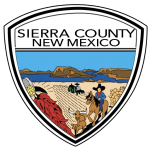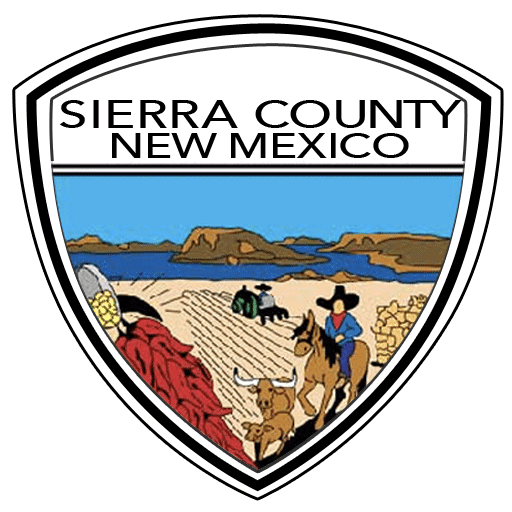The Texas Animal Health Commission (TAHC) and Oklahoma Department of Agriculture, Food, and Forestry have confirmed equine herpes myeloencephalopathy (EHM), the neurologic disease linked to equine herpes virus (EHV-1), in their respective states on November 18, 2025.
The horses in Texas attended the 2025 WPRA World Finals and Elite Barrel Race event in Waco, TX on November 5-9, 2025. The horses in Oklahoma attended the Barrel Futurities of America event in Guthrie, OK on November 17-18, 2025, before the remainder of the event was canceled. TAHC and ODAFF staff are working closely with event coordinators, equine owners, and other states to respond to the outbreak, and take measures to protect horses and prevent the further spread of the virus. Unfortunately, these events were attended by horses from many states, including New Mexico. Owners of horses that may have been in contact with these horses or exposed to EHM should work with their veterinarian to establish appropriate biosecurity and monitoring plans such as:
- Isolating the horses that attended the event for at least two weeks.
- Having the temperature of returning horses monitored twice daily for at least 14 days after last known exposure. Fever greater than 101.5 F is often the first indicator of EHV-1.
If a fever (>102.5°F) or other signs consistent with EHM develop, contact your veterinarian.
Clinical signs of EHM in horses may include:
- Lethargy
- Nasal discharge
- Discharge from the eyes or nose
- Swelling of the legs
- Lack of coordination
- Hindquarter weakness
- Leaning or resting against a surface to maintain balance
- Urine dribbling
- Diminished tail tone
- Penile paralysis
- Head tilt
- Abortion in pregnant mares
It is important to remember these signs are not specific to EHM and diagnostic testing is required to confirm infection. If you suspect your horse has been exposed to EHV-1, contact your local veterinarian.
To avoid the spread:
- Wash your hands and use hand sanitizer before and after working with a horse
- Disinfect clothing and footwear before and after working with a horse
- Wash and disinfect any items – feed/water buckets, grooming gear, saddles and other tack that horses have touched or might touch
- Avoid walking through or visiting other barns or facilities with horses
Additional resources for equine owners can be found here:
https://www.aphis.usda.gov/livestock-poultry- disease/equine/herpesvirus
EHV1 & EHV4 Factsheet:
https://aaep.org/wp-content/uploads/2024/02/EHV1-4- guidelines-2021.pdf
The extent of this EHV-1 outbreak is not yet fully known. Presentation of EHV-1 in these horses has been acute with rapid progression and high clinical severity. A concerning number of mortalities in horses suspected of having EHM have been reported in other states and the need for rapid and proactive actions to curb the spread is clear. Measures to prevent contact of horses from exposure to the virus and increased biosecurity overall are recommended.
New Mexico has tracebacks to the following counties:
Doña Ana
Eddy
Santa Fe
De Baca
Roosevelt
Otero
Chaves
Given the nature of this virus and routes of transmission, the New Mexico Livestock Board Office of the State Veterinarian recommends canceling or postponing equine events to protect horses from further exposure until the extent of the current outbreak has been determined.

